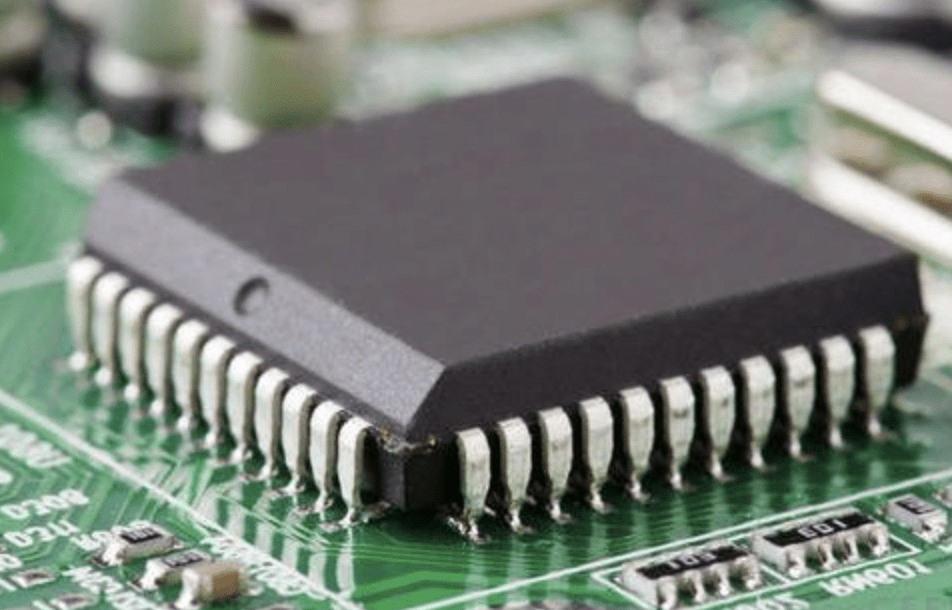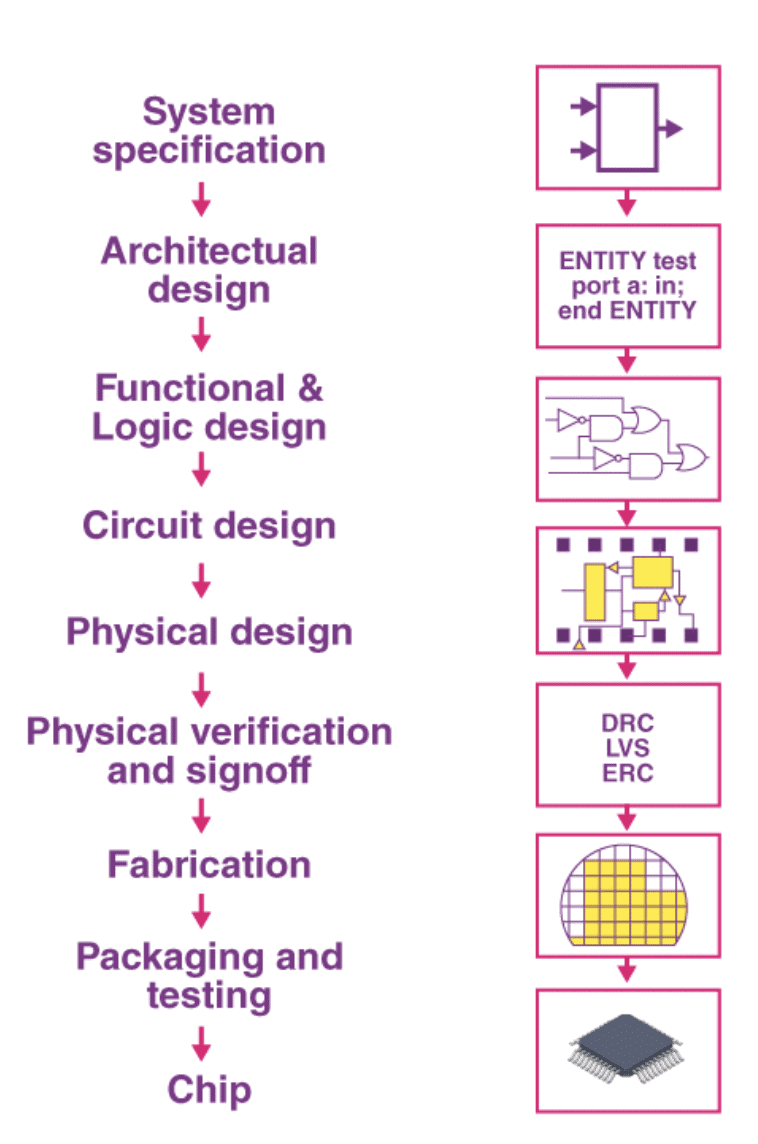Integrated Circuit | Physics for JAMB PDF Download
What is an Integrated Circuit (IC)?
The circuits that were made previously were large and bulky, consisting of circuit components like resistor, capacitor, inductor, transistor, diodes, etc., which were connected with copper wires. This factor limited the use of the circuits to big machines. It was not possible to create small and compact appliances with these big circuits. Moreover, they were not entirely shockproof and reliable.
As it is said, necessity is the mother of all inventions. So there was a need to develop smaller size circuits with more power and safety to incorporate them into devices. Three American scientists invented transistors that simplified things to quite an extent, but the development of integrated circuits changed electronics technology’s face.
Definition of Integrated Chip
An integrated circuit or an IC is a small chip of a semiconductor material that mounts an entire circuit on itself. It is very small when compared to the standard circuits, which are made of independent circuit components. The most commonly used IC is the monolithic integrated circuit.

Integrated circuits can function as an oscillator, amplifier, microprocessor or even as a computer memory.
 View Answer
View AnswerIntegrated Circuits or an IC is defined as a microchip on which thousands and hundreds of electrical components, such as resistors, capacitors and transistors, are fabricated. An IC functions as an oscillator, amplifier, microprocessor, timer or as computer memory.
Integrated Circuit Design
Certain logic techniques and circuit designs are used to design an integrated circuit. Following are the two categories of IC design:
- Analog Design
- Digital Design
- Mixed Design
Analog Design
When ICs are used as oscillators, filters and regulators, analog design method is employed to design the integrated chip. This design method is used when the power dissipation, gain and resistance are required to be perfect.
Digital Design
ICs, when used as computer memories (such as RAM and ROM), microprocessors are designed by the digital design method. This design method ensures that the circuit density is maximum and the overall efficiency is maximum. The ICs designed using this method work with binary input data such as 0 and 1. The figure below shows the steps involved in designing digital integrated circuits.

Mixed Design
The mixed design integrates the analogue and digital design principles. The mixed ICs function as Digital to Analog converters, Analog to Digital converters (D/A and A/D converters) and clock/timing ICs.
Integrated Circuit Construction
- An integrated circuit is a complex layering of semiconductors, coppers, and other interconnected materials to form resistors, transistors and other components. The cut and formed combinations of these wafers are known as a die.
- The semiconductor wafers that make up the ICs are fragile, and the connections between the layers very intricate. As an IC die is too small to solder and connect to, the ICs are packaged. The IC package turns the delicate and tiny die into a black chip we are familiar with.
- The IC package encapsulates the integrated circuit and transforms it into a device that we can easily connect. There are many different types of packages, each having unique dimensions and mounting types as shown in the figure.
- All ICs are polarized, and every pin in an IC is unique both in location and function. Integrated chips use a notch or a dot to indicate the first pin as shown in the figure below.
- Once the first pin is identified, the remaining PINs increase sequentially counterclockwise direction around the chip.
Integrated Circuit Features
Construction & Packaging:
An Integrated circuit is made of semiconducting materials such as silicon. The integrated chip is tiny and delicate to be handled; hence they are bonded into a set of tiny gold and aluminium wires and cast into a flat block of plastic or ceramic. The block has metal pins on the outside that leads to the wires inside. The solid block prevents overheating of the chip and keeps it cool.Size of an Integrated Circuit:
The size of the integrated chip varies from 1 square mm to more than 200 mm.Integration of an
Integrated Circuit
:
Integrated chips get their name because they combine different devices on the same chip. A microcontroller is an IC that incorporates a microprocessor, memory and interface all in the same device.
Commonly Used Integrated Circuits
Logic Gate ICs:
Logic gate ICs are combinational circuits that provide a logical output based on different input signals. It can have two to three inputs but only one output.Timer ICs:
A Timer IC is produced with accurate timing cycles with a 100 per cent or 50 per cent duty cycle.Operational Amplifiers:
An OpAmp or an Operational Amplifier is a high gain voltage amplifier with a differential input and a single-ended output.Voltage Regulators:
A voltage regulator IC provides a constant DC output irrespective of the changes in DC input.
|
261 videos|249 docs|232 tests
|
FAQs on Integrated Circuit - Physics for JAMB
| 1. What is an Integrated Circuit (IC)? |  |
| 2. What is the purpose of Integrated Circuit Design? |  |
| 3. How are Integrated Circuits constructed? |  |
| 4. What are the features of Integrated Circuits? |  |
| 5. What are some commonly used Integrated Circuits? |  |

|
Explore Courses for JAMB exam
|

|












